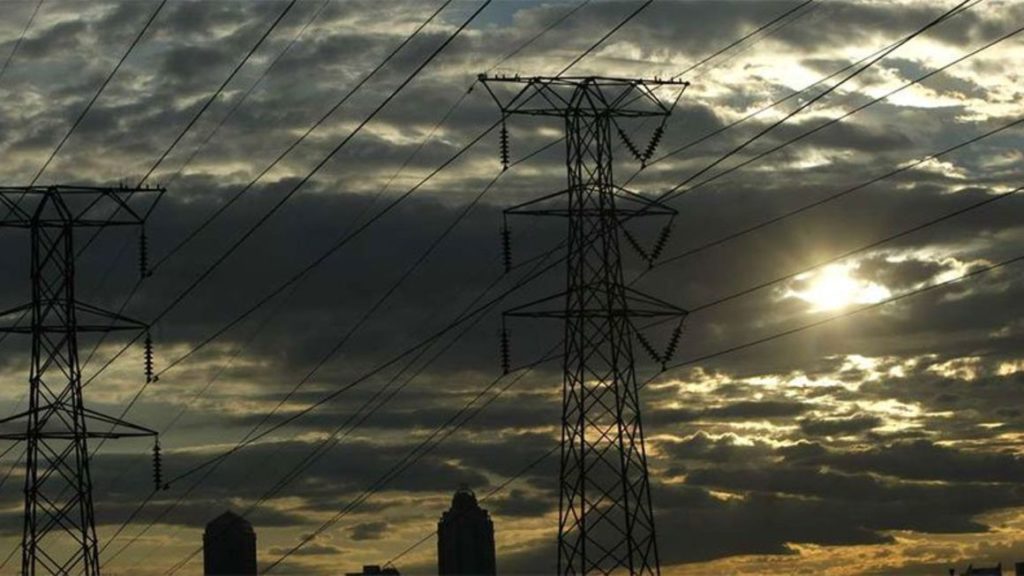The Presidential Task Force on the Review of Power Purchase Agreements has in the past two months been consulting with a number stakeholders to ensure the process is inclusive.
A secretariat, including legal researchers, and data collectors and analyst, has been put in place to support its the task force’s work.
The team has adopted approaches such as virtual interviews, focus group discussions, and questionnaires in an effort to understand the quagmire that the power sector has found itself in in recent years.
Part of its mandate is to undertake a comprehensive review and analysis of the terms of all power purchase agreements (PPAs) entered into by Kenya Power and the current take-or-pay approach and recommend a viable payment structure for adoption by the independent power producers (IPPs).
Certain aspects of the Kenyan electricity market ought to be taken into consideration in seeking an appropriate remedy for the oversupply of power and relatively low uptake coupled with high power price. In my submission to the task force I highlighted a few issues I consider fundamental.
First is a growing and expanding grid infrastructure that is working towards stability. Kenya Power recorded 8.2 million connections as of May 2021.
But grid-infrastructure upgrade has not been at the same pace as connectivity rates, which partly explains why Kenya Power continues to encounter the challenges, especially those related to system losses.
According to Ministry of Energy reports, by the end of 2019 Kenya power had registered 23 percent system losses, which by all standard is high.
Inherently in any system, when you increase growth and do not build capacity to match that growth, you obviously are bound to experience challenges.
However, significant progress is being made in this area, including the recent upgrade of Olkaria-Lessos-Kisumu high voltage transmission lines.
But the challenges depict a grid infrastructure that is not resilient, stable and reliable at this point in time. It is necessary therefore that any approach and mechanism that we adopt by way of review must take this fundamental aspect into account.Second is electricity generation capacity. Kenya generates slightly below 3,000MW, with a peak demand of about 1,900MW, which illustrates a narrow but growing market.To find an appropriate sustainable market model for Kenya’s electricity sector, a mechanism that resonates with our context should be embraced.For instance, energy auctions successfully work in advanced markets with significantly higher capacity generation and expanded power uptake, over and above conventional domestic electricity markets such as those that […]
